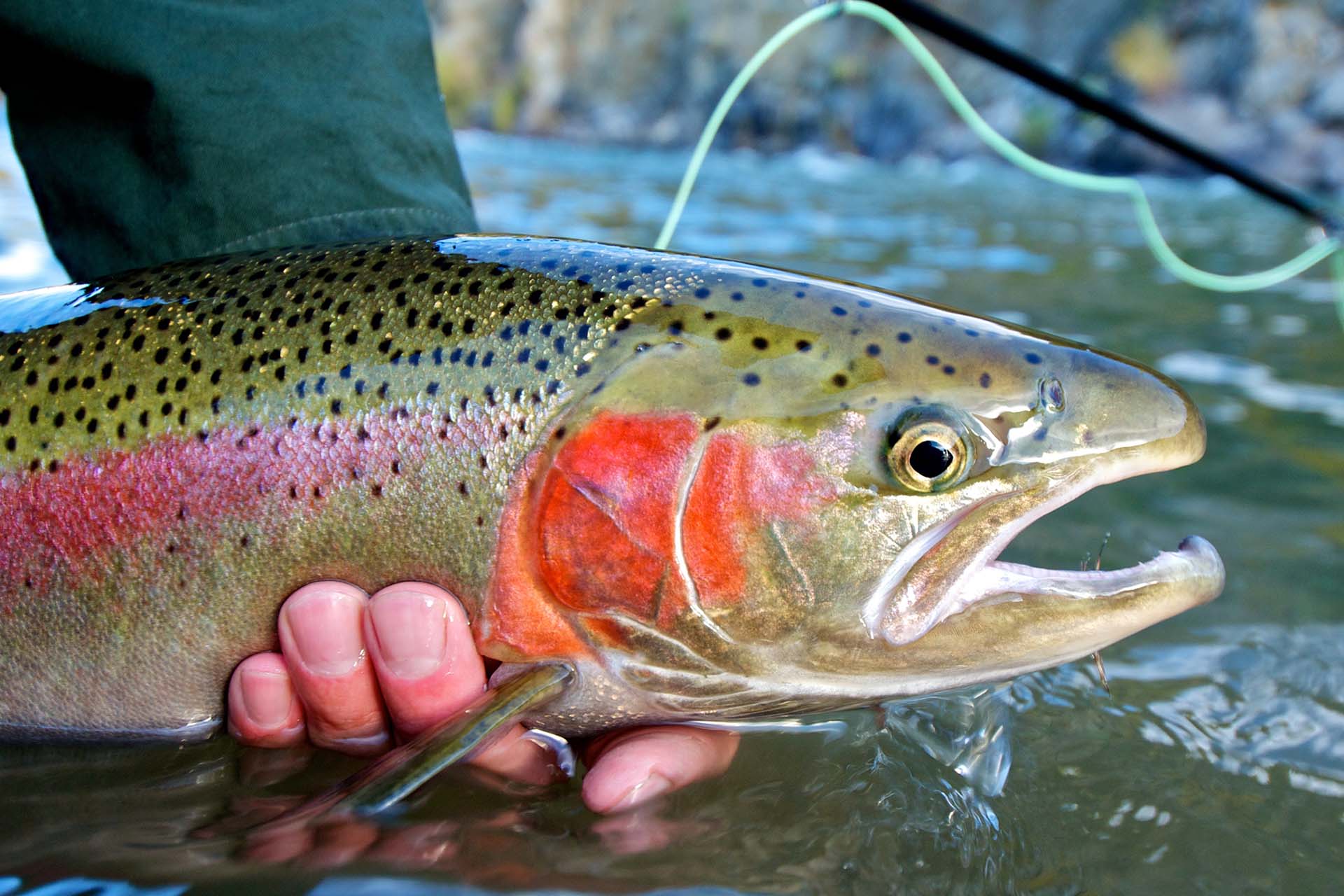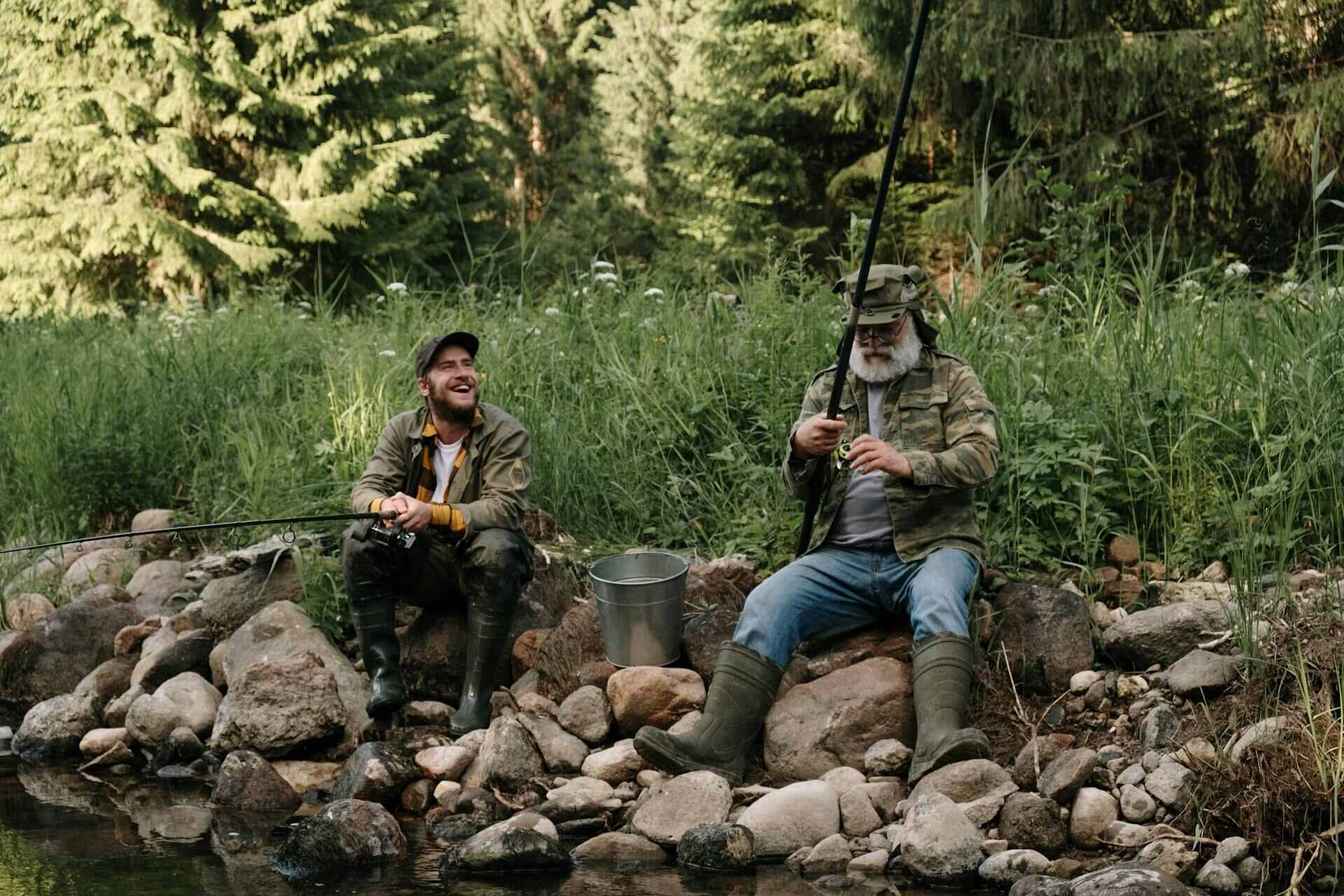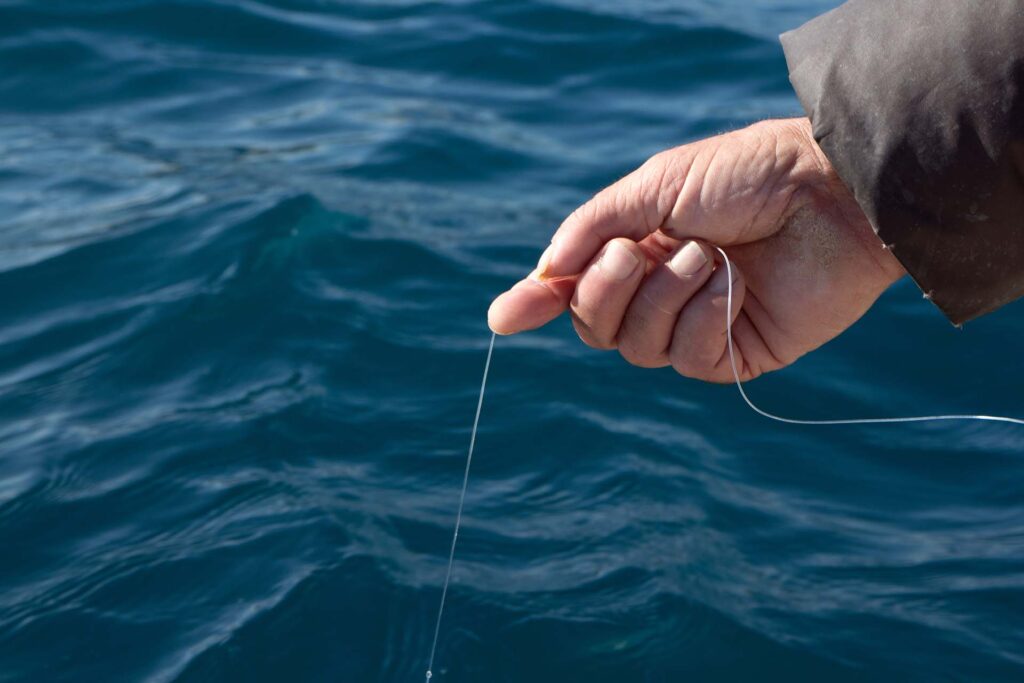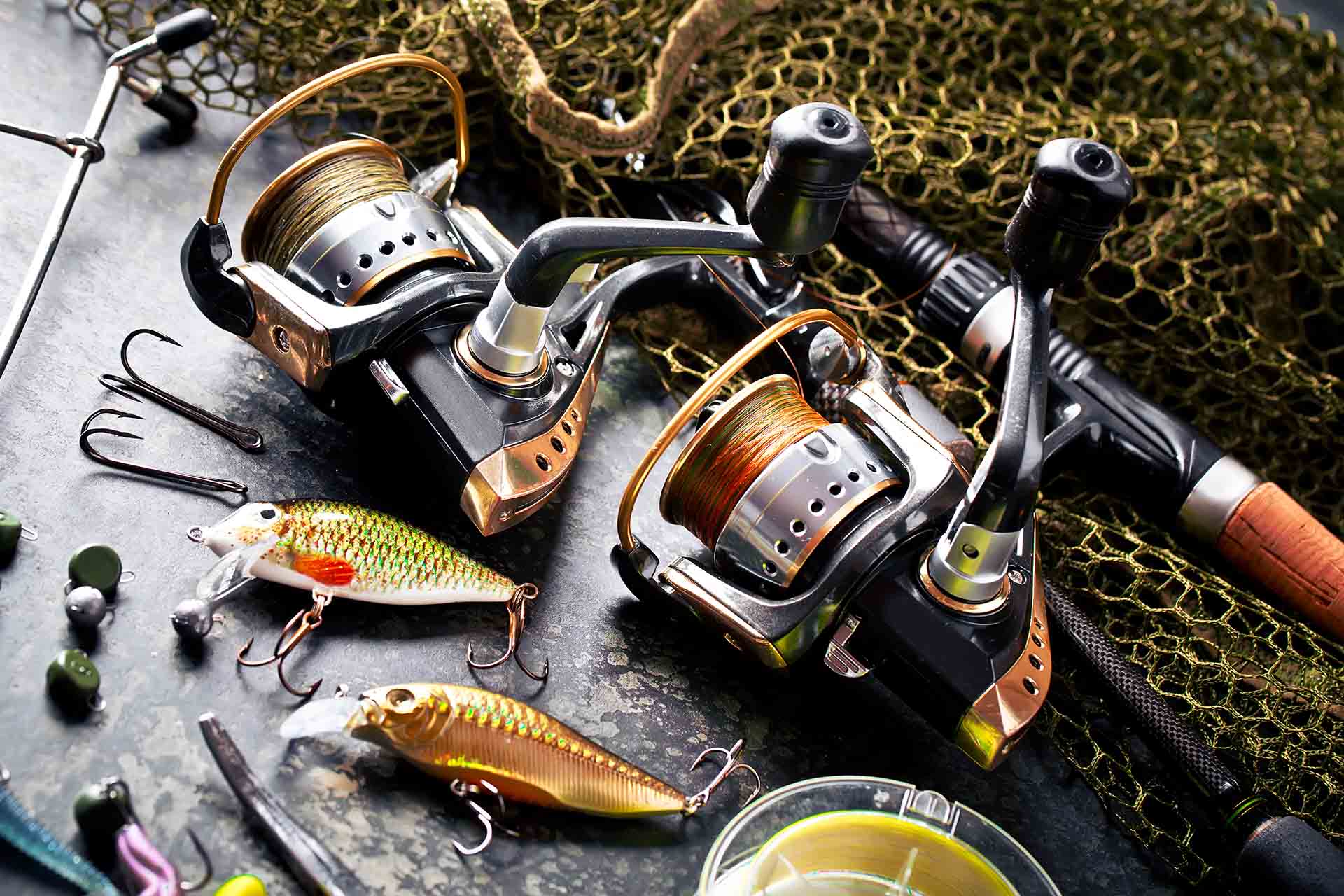For many avid anglers, knowing what the most common fish to catch in the Gulf of Mexico is more than just a list – it’s a challenge. This vast maritime treasure, bordered by the US, Mexico, and Cuba, boasts many marine life. Join me as I dive into the Gulf’s vibrant underwater world and explore the fish that have become legendary among the fishing community.
In the Gulf of Mexico, the most common fish to catch are the vibrant Red Snapper, the swift King Mackerel, the acrobatic Tarpon, the robust Grouper, and the ever-popular Speckled Trout. Each of these species offers a unique angling experience, reflecting the Gulf’s diverse marine ecosystem.
Why Is It Important to Know the Most Common Fish to Catch in the Gulf of Mexico?
Knowing the most common saltwater fish to catch in this area extends beyond the mere act of fishing. It encompasses an understanding of the marine ecosystem, the thrill of the sport, and the profound connection humans have with nature.
After all, if you love casting the line, you surely want to have as much information about the targeted fishing as possible. Also, this knowledge ensures compliance with conservation regulations, contributing to sustainable fishing practices and the health of the Gulf’s marine life.
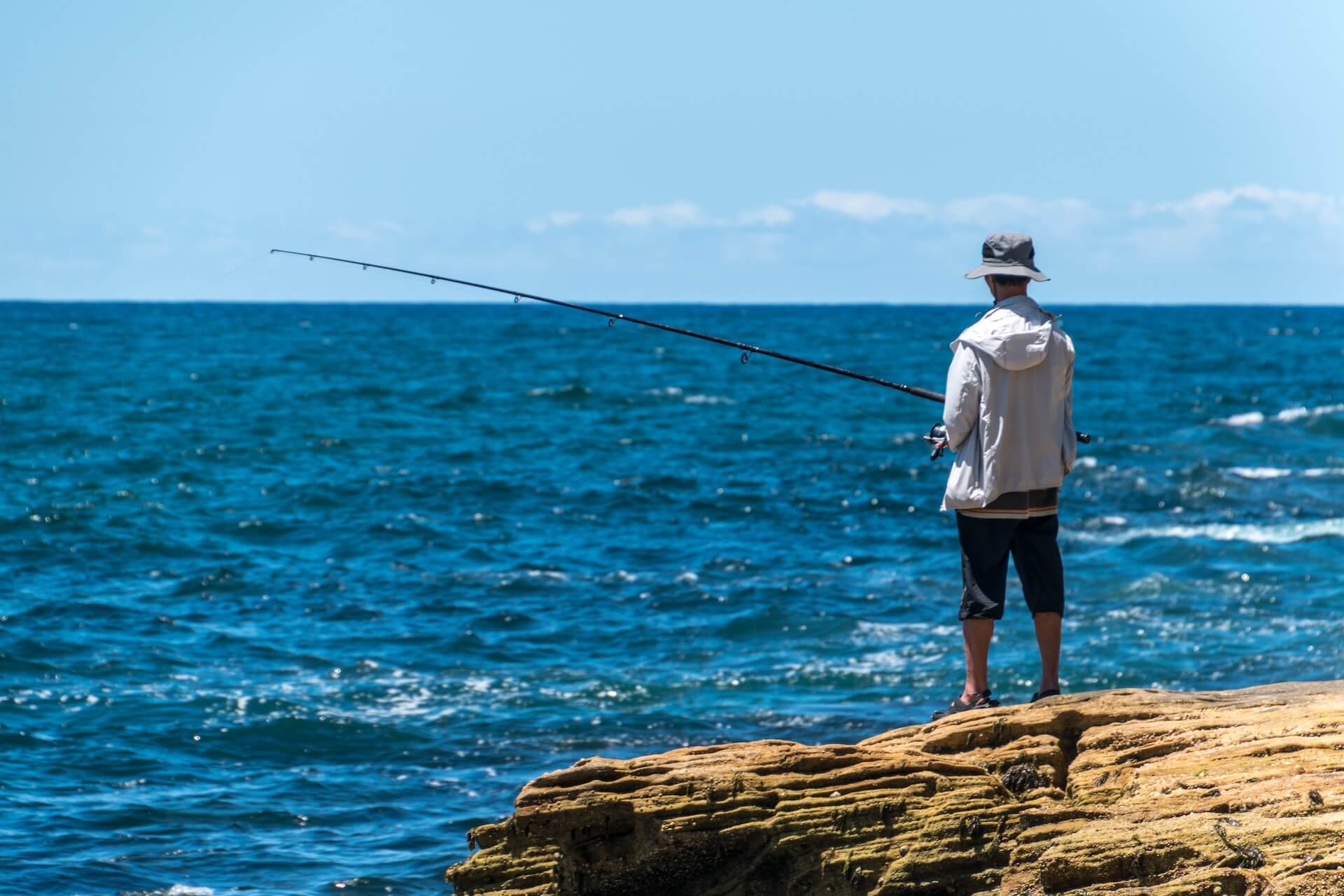
#1 Red Snapper – The Gulf’s Icon
The Red Snapper, with its brilliant hue of rose and its fierce demeanor, stands as one of the most iconic inhabitants of the Gulf of Mexico. This vibrant fish, boasting a streamlined body and sharp features, can often be spotted in the Gulf’s coral-rich depths, a testament to the region’s bounteous marine ecology.
Anglers often regard the Red Snapper as a prized catch, not only for its stunning appearance but also for the challenge it presents. Adept at putting up a fierce fight, hooking and reeling in this fish demands skill, patience, and determination. The thrill of the chase culminates in the rewarding experience of capturing one of the Gulf’s most sought-after species.
Tips on Where and When to Catch Red Snapper
The Red Snapper’s preference lies in the Gulf’s deeper waters, particularly around structures like reefs, shipwrecks, and oil rigs. These environments offer ample shelter and abundant food sources.
As for timing, summer months – particularly June and July – are prime for Snapper fishing. Always consult local regulations, as specific seasons and areas may be designated for Red Snapper fishing to promote sustainable practices.
Check Some of the Best Baits and Techniques
When targeting Red Snapper, live bait tends to yield the best results. Pinfish, pigfish, and sardines are among their favorites. If you opt for artificial lures, choose ones that mimic these fish.
As for technique, bottom fishing is most effective, given the Snapper’s propensity to dwell near the seabed. Use a circle hook for a cleaner catch, and remember to maintain a steady retrieve, as Red Snappers are known for their relentless fights.

#2 Speckled Trout – A Coastal Favorite
The Speckled Trout, also known as the Spotted Seatrout, is a true delight for anglers frequenting the coastal waters of the Gulf of Mexico. This species is as visually captivating as it is exhilarating to pursue, exhibiting a sleek silhouette dotted with distinct black spots and adorned with a silver-gray hue.
Favoring the shallower grass flats, marshes, and estuaries, the Speckled Trout thrives in brackish waters where it can hunt its primary diet of smaller fish and crustaceans. Its tendency to strike aggressively at bait and subsequent spirited dashes make it a favorite among sportfishers.
Be Sure You Know Where and When to Catch Speckled Trout
The Speckled Trout is most often found in the Gulf’s shallow coastal waters, gravitating towards seagrass beds, marshy inlets, and estuaries where food is abundant. These habitats offer a mix of protection and abundant prey.
In terms of timing, spring and fall see the most active Speckled Trout, especially during the early morning and late evening hours. Cooler months can also be productive, especially in deeper channels and holes. Always ensure you’re updated with local regulations, as they may dictate specific seasons or size limits for catching this species.
How to Effortlessly Take Speckled Trout – With the Best Baits and Techniques
When setting out to catch Speckled Trout, live shrimp or mullet can be your best bet, as these are natural prey for the trout. Soft plastic lures that mimic these baitfish can also prove effective. Utilizing popping corks can draw attention and simulate the sound of feeding fish, attracting the trout’s curiosity.
As for technique and type of angling, try a combination of slow retrieves and occasional twitches to mimic wounded prey. Remember, Speckled Trout are known for their sharp bites, so be ready for a swift hook set. Equip yourself with light to medium tackle to fully enjoy the trout’s lively resistance, and you’re set for a fulfilling angling experience.
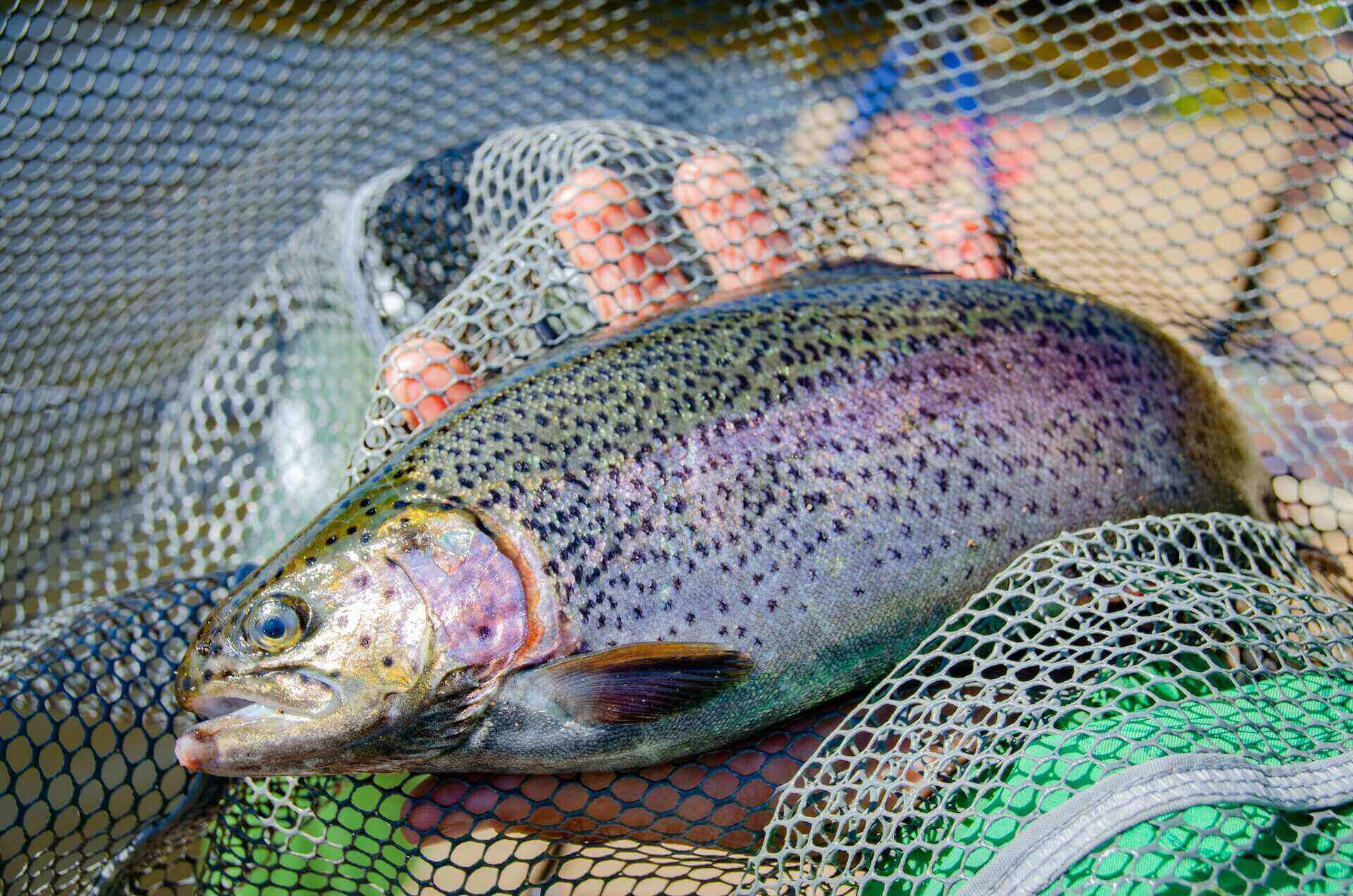
#3 King Mackerel – The Speedster
Frequenting both nearshore and offshore waters, the King Mackerel’s hunting prowess is unmatched. They’re voracious predators, often seen leaping out of the water in hot pursuit of schools of smaller fish, displaying bursts of incredible speed that can leave even the most experienced anglers in awe.
It’s this very speed and aggressiveness that make the King Mackerel a top target for sportfishing enthusiasts. The moment one hooks a Kingfish, they’re in for an exhilarating battle. Their rapid runs, swift directional changes, and aerial acrobatics challenge an angler’s skill and equipment to the limit. And in fishing slag, tacking the King Mackerel could be the real battle you’ve been waiting for.
How to Know Where and When to Catch King Mackerel
When targeting King Mackerel in the Gulf of Mexico, focus on warmer months, specifically late spring to early fall, as they migrate closer to shore. They frequent clear waters around 20 to 40 meters deep, especially near structures like reefs and wrecks.
Align your trips with incoming tides during dawn or dusk, their peak feeding times. Monitoring sea surface temperatures, which King Mackerel favors between 68°F and 79°F, and consulting local fishing reports can further enhance your chances of a successful catch.
What Are the Best Baits and Techniques for This Specie?
For King Mackerel, live bait such as blue runners, pilchards, or threadfin herring is highly effective. Trolling these baits at varying depths using downriggers or planers can entice strikes, especially when combined with flashy spoons or dusters.
Of course, you should adapt the style of casting your line. Rapid retrieval, mimicking fleeing baitfish, coupled with the occasional rod jerk, can further enhance the allure of these speed-driven predators.
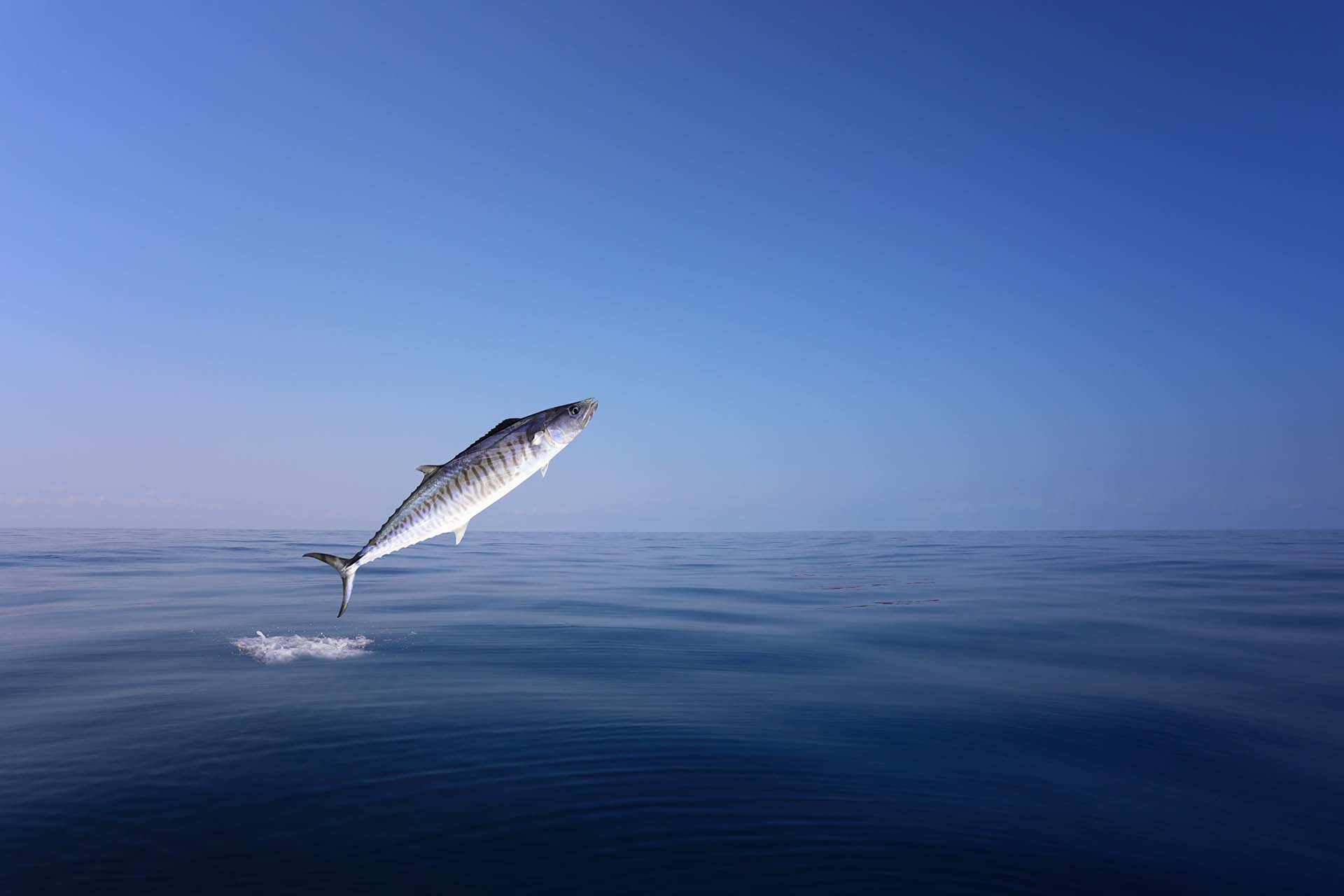
What Are Other Notable Mentions?
The Gulf of Mexico, a shimmering expanse where azure waves meet golden shores, is not just one of America’s crown jewels for angling but stands as a testament to the continent’s diverse marine life. While the Gulf boasts its celebrated species, the tapestry of its underwater realm extends beyond the usual suspects.
From the majestic Tarpon that rivals popular American catches like the Largemouth Bass of freshwater lakes to the stealthy Grouper reminiscent of the Northern Pike’s allure, there’s a myriad of other notable catches awaiting the adventurous angler. Here are just some of them and tips on how to best tackle them.
Tarpon - The Silver King
Tarpons are attracted to shiny and flashy lures. Live crabs or mullet can be irresistible to them, especially during their migration. Focus on channels and passes during outgoing tides. Be prepared for their acrobatic leaps; keeping a bend in the rod can prevent them from throwing the hook.
Grouper - The Reef Giant
These bottom-dwelling behemoths love structure. Drop baits or jigs near wrecks, reefs, or rocky outcroppings. Using stout rods and strong braided line is crucial, as Groupers are known to dive into their rocky homes upon feeling the hook.
Cobia - The Drifter
Cobia are often found trailing larger marine animals like rays or turtles. Casting jigs or live baits near these creatures can entice a bite. They have keen eyesight, so a stealthy approach and fluorocarbon lines can make a difference.
Pompano - The Golden Delight
Pompano frequent sandy bottoms near shorelines, especially around sandbars and inlets. Small jigs, especially those in bright colors like yellow or pink, retrieved in a bouncing manner, can mimic the crustaceans they feed on.
Sheepshead - The Convict Fish
Recognized by their black stripes, Sheepshead love crustaceans. Using fiddler crabs or shrimp around piers, bridges, or rocky bottoms can yield results. They have a knack for stealing bait, so a sensitive rod tip and quick hook set are vital.
Consider Conservation and Responsible Fishing
The Gulf of Mexico is a treasure trove of marine biodiversity, a vital ecosystem that supports both human livelihoods and a rich tapestry of aquatic life. But with such bounty comes the responsibility of stewardship. As you already know, overfishing has become a real problem. So, responsible practices are not merely recommended. They are essential for the long-term health and sustainability of these waters.
Why Do We Have to Become More Responsible?
Overfishing, habitat degradation, and environmental pollution are pressing threats to many marine species. While the thrill of landing a prized catch is undeniable, the true angler recognizes the deeper satisfaction in ensuring that future generations can experience the same joy and wonder.
Here’s why responsible fishing matters:
- Maintaining balance – Every species plays a role in the marine food web. Removing too many individuals can disrupt the natural balance, leading to unforeseen consequences throughout the ecosystem.
- Species survival – Some species, due to their popularity among anglers or their slow reproductive rates, can become vulnerable to overfishing. By adhering to bag and size limits, we ensure that populations remain healthy and viable.
- Habitat preservation – Avoiding sensitive areas, such as breeding grounds or juvenile habitats, ensures that fish have safe spaces to grow and reproduce. Likewise, the careful disposal of fishing gear and litter helps protect the environment.
- Economic impact – A depleted fishery can have cascading effects on local economies, affecting everyone from bait shop owners to tour operators. Sustainable fishing supports both current and future economic opportunities.
To embrace responsible fishing is to embrace a philosophy of respect – for the fish, for the environment, and for fellow anglers. It means practicing catch and release when appropriate, using gear that minimizes harm, and staying informed about local regulations and conservation initiatives. And yes, you need to check all the license requirements for catch and release.
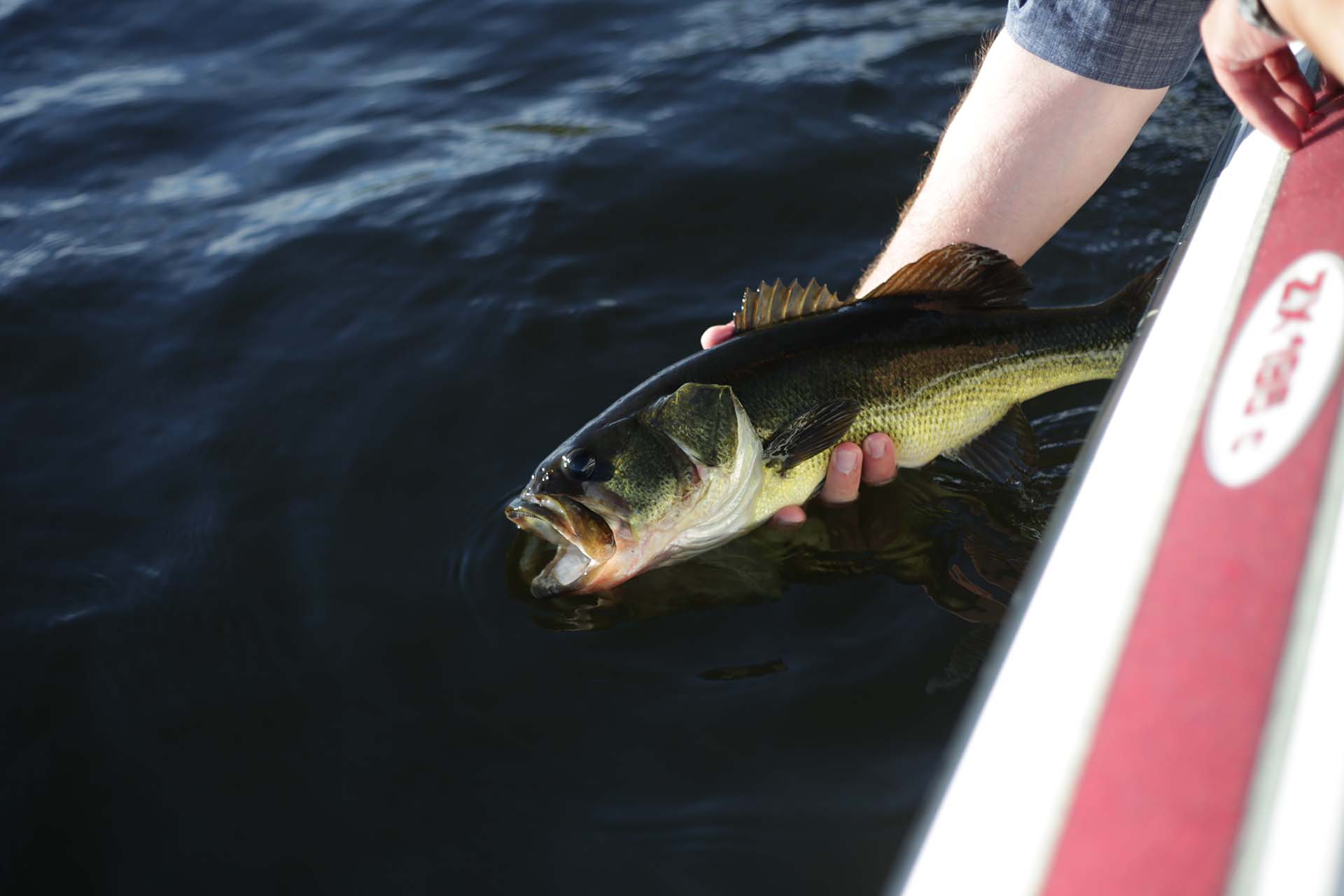
Casting into Enchantment: The Gulf’s Alluring Depths and Diverse Bounty
The Gulf of Mexico is a veritable paradise for anglers, where the dance of sunlit waves meets an underwater realm teeming with life. Its vast expanse offers a thrilling juxtaposition of serene shallows and mysterious depths, each brimming with diverse species.
From the feisty red snapper lurking near coral-rich depths to the acrobatic tarpon skimming the coastal shallows, the Gulf promises an angling adventure unlike any other. Every cast here is not just a chance at a prized catch but an invitation into the heart of one of the world’s most enchanting marine playgrounds.


